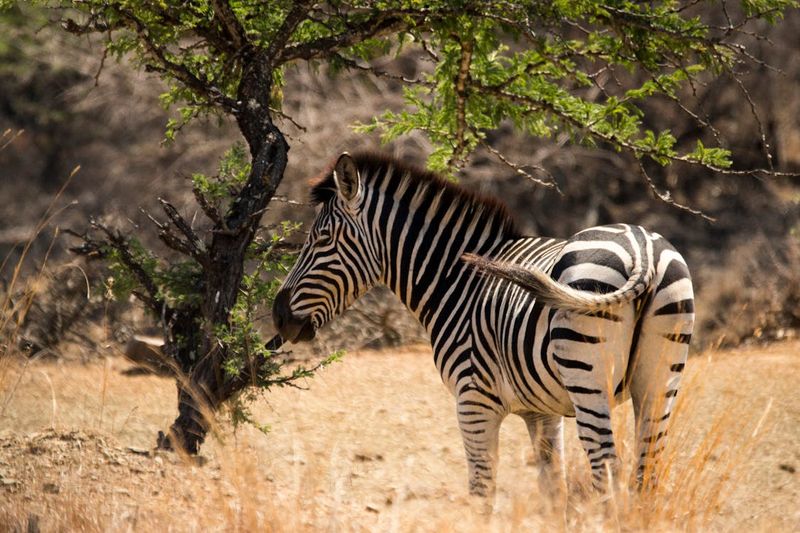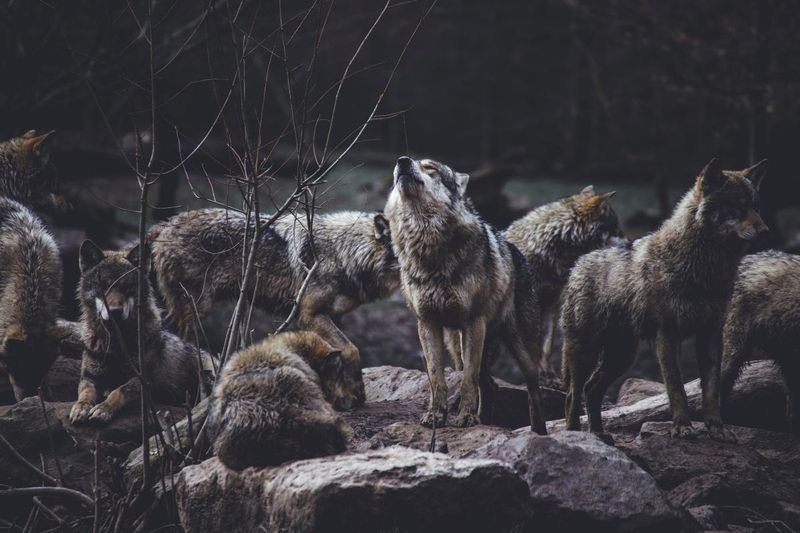Dogs didn’t just become pets—they chose us, and we chose them back. While zebras bolted, bison stampeded, and bears… well, bit—dogs wagged their tails and waited. It wasn’t just about who looked cute or who could be tamed. It was about trust, timing, and instincts that matched our own. So why didn’t other animals make the cut? Why no pet bear on a leash or zebra in your backyard? The answers will surprise you—and maybe even change how you look at the animals we did bring into our homes. Let’s dive into the wild world of animal domestication—and why your couch has a labrador on it, not a lion.
Dogs

Dogs, with their unparalleled loyalty, have been companions to humans for thousands of years. Their ability to understand human emotions and adapt to various environments has made them ideal pets. Their keen sense of smell and intelligence have long been used in hunting, protection, and companionship.
From the loyal Labrador to the energetic Border Collie, dogs come in various breeds, each offering unique traits. Ancient societies valued dogs for both their companionship and utility, leading to a deep-rooted bond with humans.
Zebras

Unlike dogs, zebras have never been domesticated due to their unpredictable and skittish nature. They lack the temperament needed to bond with humans, often exhibiting flighty and aggressive behaviors.
Their striking stripes, while mesmerizing, serve as a defense mechanism in the wild, confusing predators. Zebras’ social structures and strong herding instincts also make them resistant to human control.
Despite their beauty, zebras remain wild animals, thriving in their natural habitats without human intervention.
Bison

Bison, once roaming the plains in vast numbers, were never domesticated like cattle. Their massive size and unpredictable nature made them unsuitable as pets.
Historically hunted for their meat and hides, bison were integral to Native American culture, yet they remained wild and untamed. They have an innate wildness, preferring vast open spaces to human company.
Efforts to domesticate bison have proven challenging, highlighting their strong will to remain independent and free.
Bears

Bears, though fascinating, are far from domesticated. Their immense strength and unpredictable demeanor make them unsuitable as pets.
While some may attempt to raise bears in captivity, the wild instincts of these creatures cannot be subdued. Bears require vast territories and diverse diets, making them ill-suited for domestic life.
Intriguing yet untamable, bears continue to roam forests and mountains, embodying the wild spirit that captivates human imagination.
Wolves

Wolves, the ancestors of domestic dogs, highlight the evolutionary journey from wild animal to pet. Unlike their canine descendants, wolves maintain strong pack dynamics and territoriality.
Their need for social structure and vast hunting grounds prevents domestication. Wolves’ survival instincts and cautious nature create barriers to human interaction.
Though they share genetic ties with dogs, wolves symbolize the wild aspects left behind in the transformation from fierce hunters to human companions.

